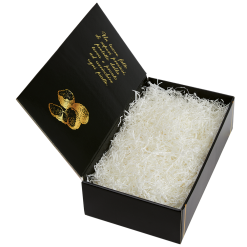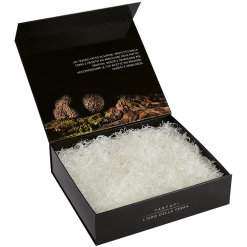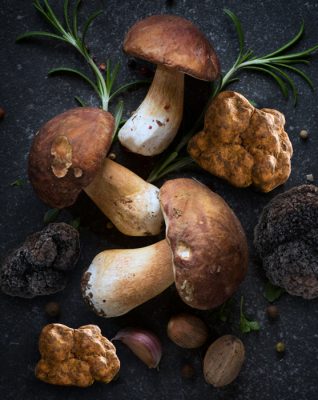-
×
 BLUEBERRY JAM
1 × €7,90
BLUEBERRY JAM
1 × €7,90 -
×
 APERITIVIAMO KIT (BLACK OLIVES SUMMER TRUFFLE PATÉ AND ARTICHOKE SUMMER TRUFFLE SAUCE)
1 × €22,90
APERITIVIAMO KIT (BLACK OLIVES SUMMER TRUFFLE PATÉ AND ARTICHOKE SUMMER TRUFFLE SAUCE)
1 × €22,90 -
×
 RECTANGULAR BOX
1 × €6,00
RECTANGULAR BOX
1 × €6,00 -
×
 SQUARE BOX
1 × €20,00
SQUARE BOX
1 × €20,00
Subtotal: €56,80



